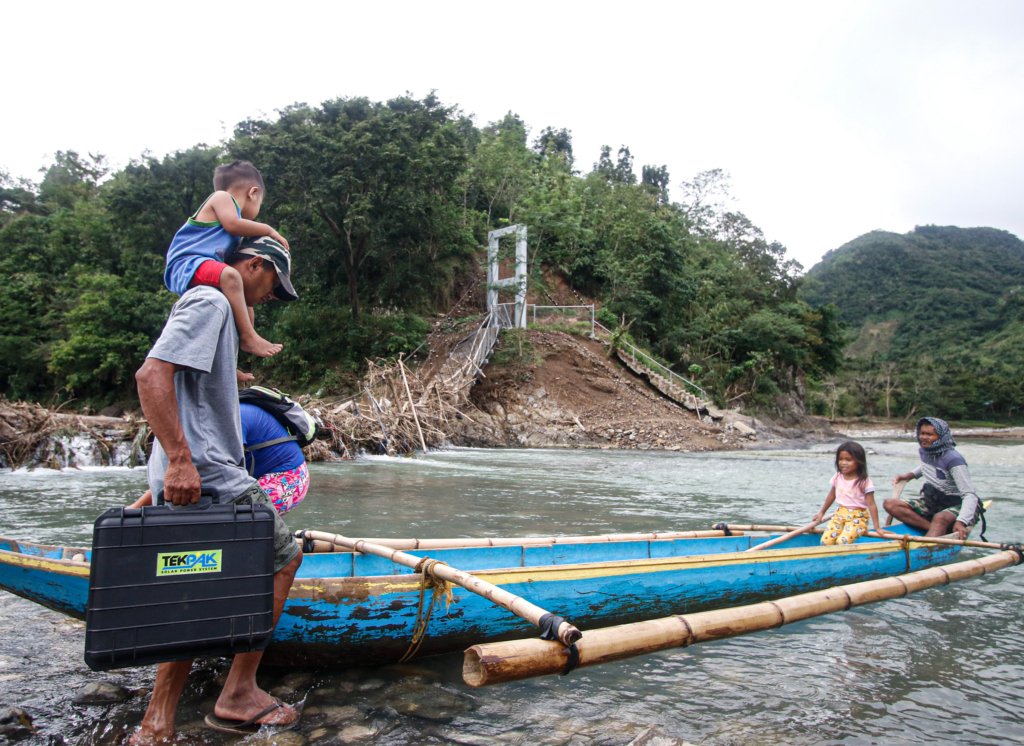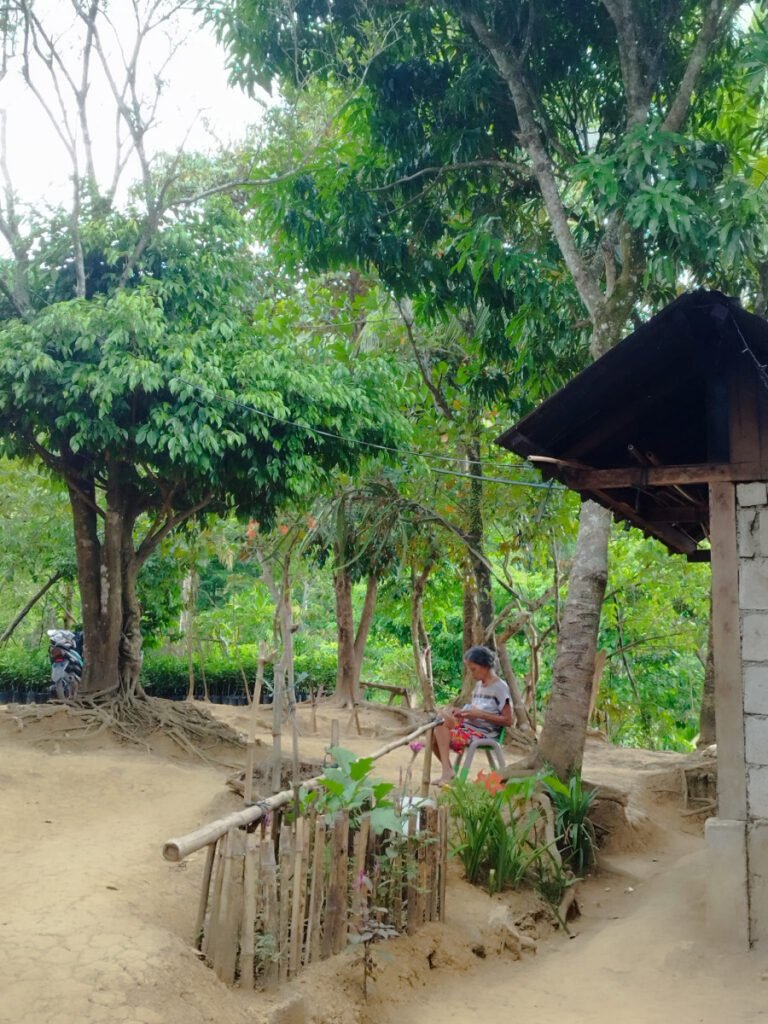EVEN BEFORE THE so-called balangay system was put in place were nomads referred to as the Dumagat-Remontados – the first settlers in the Sierra Madre mountain range stretching from the northern part of Luzon down to southern Tagalog region.
They are the group in actual possession of the land which they occupied even before the Torrens titling system came to be. And it is for this reason that the lands they have occupied since time immemorial are at their disposal, use and maintenance.
However, with the onset of the Torrens titling system, wealthy individuals saw the opportunity to grab from the indigenous people the land that has long been theirs even long before these greed-driven people were born.
Taking the case of the Dumagat-Remontados indigenous group at the southernmost tip of the Sierra Madre Mountain Range, they have been settling there for who knows how long. They have been driven away many times in view of greed concealed behind the so-called “development.”
Today, their ancestral domain in the upland portion of Rizal has already been reduced to what seemed too negligible to cater their rapidly increasing population and growing needs.

DUMAGAT-REMONTADOS
Dumagat-Remontados of Rizal province are from the bloodline of the Aetas who are deemed and recognized as the first known settlers in the country.
A tribal community of no less than 27,000 families, Dumagat-Remontados have preserved their way of living at the southernmost tip of the Sierra Madre mountain range where they do farming at the slopes and fishing in waterways well within what is legally referred to as their ancestral domain.
Their ancestral domain encompasses Tanay, Baras, Antipolo and Montalban.
However, the so-called development effectively dislodged them from what is deemed as legally theirs in the midst of aggressive efforts reclassifying their ancestral domain, which has become a “luxurious place” for foreign retirees, private recreation facilities, high-end restaurant strips, residential subdivisions, and golf courses to name a few.
‘Today, their ancestral domain in the upland portion of Rizal has already been reduced to what seemed too negligible to cater their rapidly increasing population and growing needs.’
GOVERNMENT CROOKS
For one, the process of reclassifying land requires government approval. In the case of their ancestral domain, Dumagat-Remontados could only blame the Department of Environment and Natural Resources (DENR) which has supervision in an ancestral domain which forms part of the Marikina Watershed.
Marikina Watershed is a protected area under existing Philippine laws. There is also this Indigenous People’s Rights Act (IPRA) that is primarily designed to ensure the protection of the IP groups.
However, just a handful of the Dumagat-Remontados would be able to understand these laws since most of them couldn’t even read or write. Their predicament – poverty and illiteracy – made it a lot easier for crooks in the government to put one over the Dumagat-Remontados of Rizal.
Interestingly, politicians who have been neglecting IPs are expected to pay them a visit soon in view of an upcoming election.

LAWS PROTECTING IPs
In an earlier encounter, lawyer Juancho Botor who once served as counsel for the Dumagat-Remontados over a case arising from an incident in October 2020, presented documents as proof of the IP group’s legitimacy at the upland portion of Rizal.
According to Botor, the Dumagat-Remontados of Rizal have been issued their Certificate of Ancestral Domain Title (CADT), which defines the borders of their ancestral domain.
Under the Republic Act 8371 (Indigenous People’s Rights Act of 1997), the State recognizes, protects, and promotes the rights of Indigenous Cultural Communities and the Indigenous People. The law aims to ensure their economic, social, and cultural well-being, and to protect their ancestral domains and cultural heritage.
Since the Dumagat-Remontados’ ancestral domain overlaps with the Marikina Watershed, Botor also cited RA 11038 (National Integrated Protected Areas System) which effectively designated the Rizal-based IPs as “stewards” whose mandate is to protect, preserve and conserve the forest and the watershed within their ancestral domain.”
REMONTADOS CHIEFTAIN
In a previous interview, Dumagat-Remontados chieftain Alex Bendaña shared the same sentiment, as he presented a map of their ancestral domain and stripped areas including their Sacred Grounds.
But instead of recognizing the IP group’s right to their ancestral domain, several groups – including a private foundation masquerading as environmentalists, accused the Dumagat-Remontados as land grabbers.
In October 2020, the private foundation, accompanied by the military and policemen forced their way into the ancestral domain and secured the area using barbed fences. Security guards were also deployed to prevent the IPs from returning to their homes.
The Dumagat-Remontados tribal leaders forming part of the Kaksaan Ne Dumaget De Antipolo Inc. issued a statement denouncing the acts of repression.
“Together with the military, they (private foundation) forcefully intruded our property and fenced it off ” tribal chieftain Ernesto Doroteo said in the vernacular, adding that the place where they stand is what remains of their ancestral domain after being shoved away many times in the past by equally rich businessmen and politicians.
BRIGHTER PROSPECTS
For the last 10 years, the Dumagat-Remontados have been shooed away from the place they call their home.
By some twist of fate, the Rizal-based IPs somehow “saw a light at the end of the tunnel” after the DENR cancelled its contract with Blue Star Construction Development Corp., the company linked to the Masungi Georeserve, citing a long list of red-flags.
The struggle however does not end with Blue Star.
The DENR has to take drastic steps to recover a significant area that has been stripped from the Dumagat-Remontados’ ancestral domain — not to mention the destroyed crops, the demolished sacred area, the lost time in which they could have utilized to earn a modest livelihood.
The rectification however may not be as easy as many thought it is as permanent structures have already been constructed over a huge chunk of their ancestral domain.
